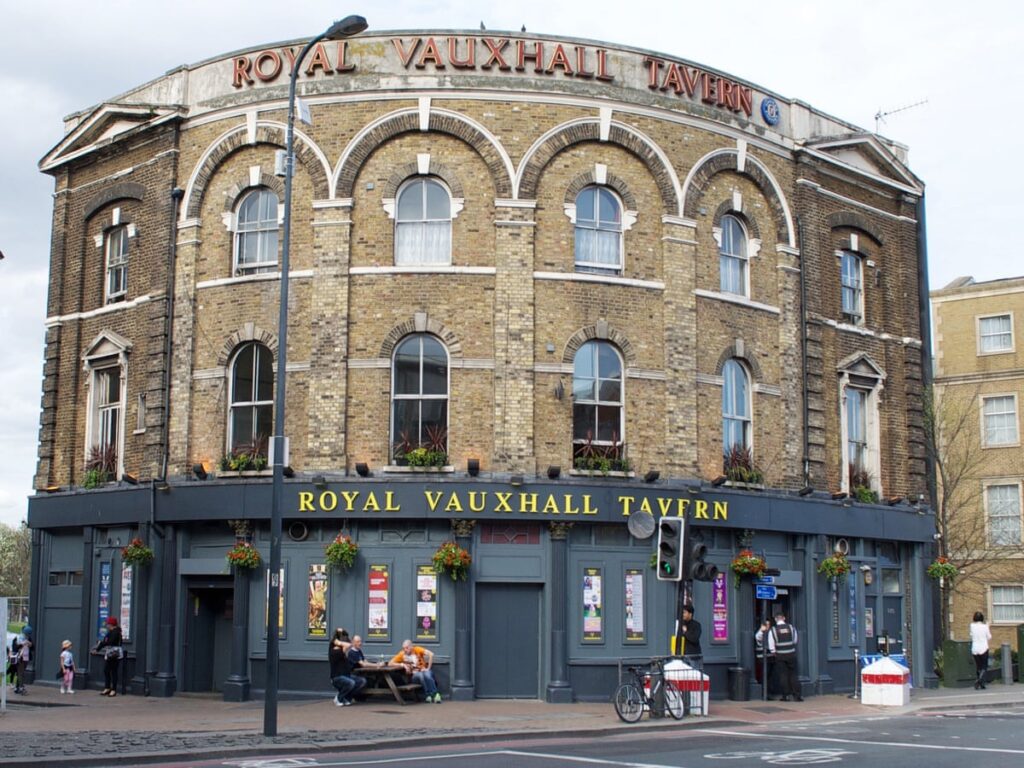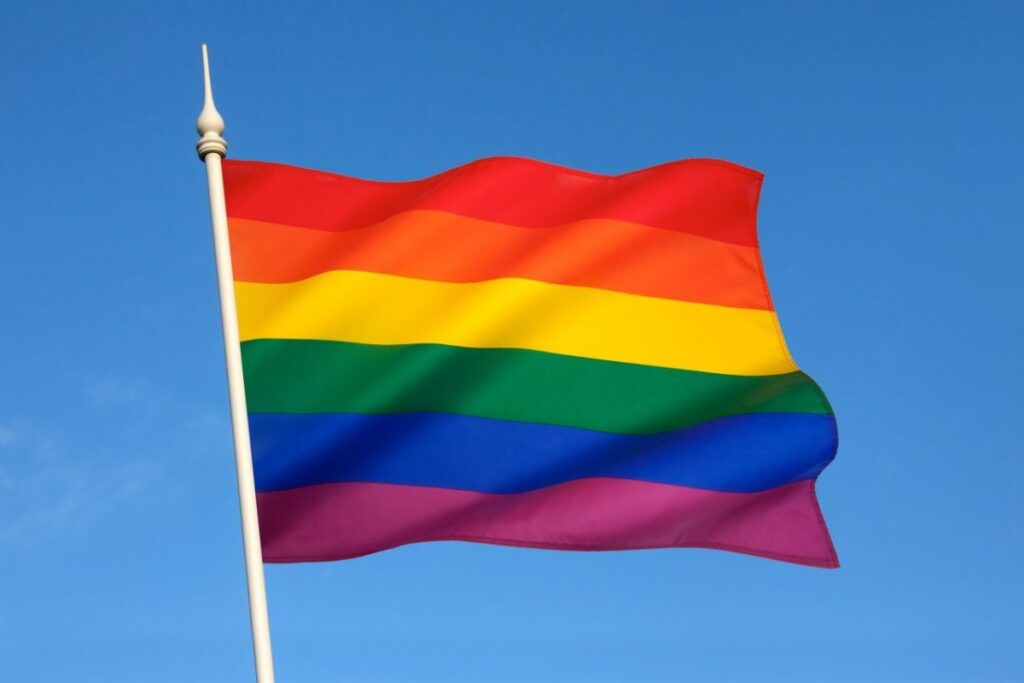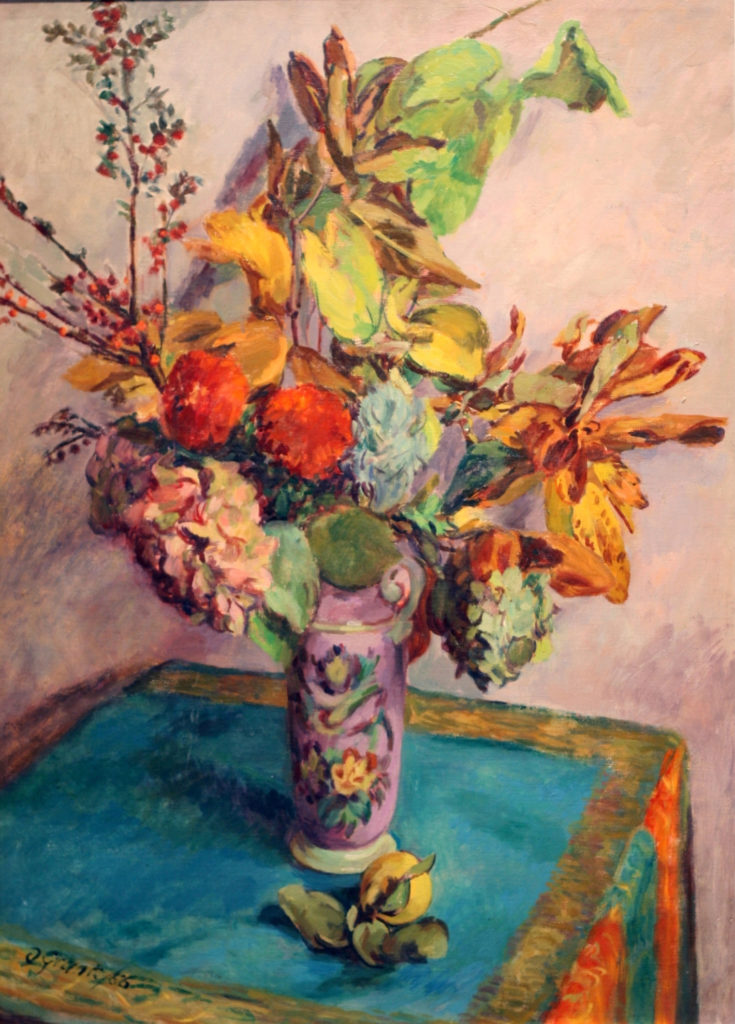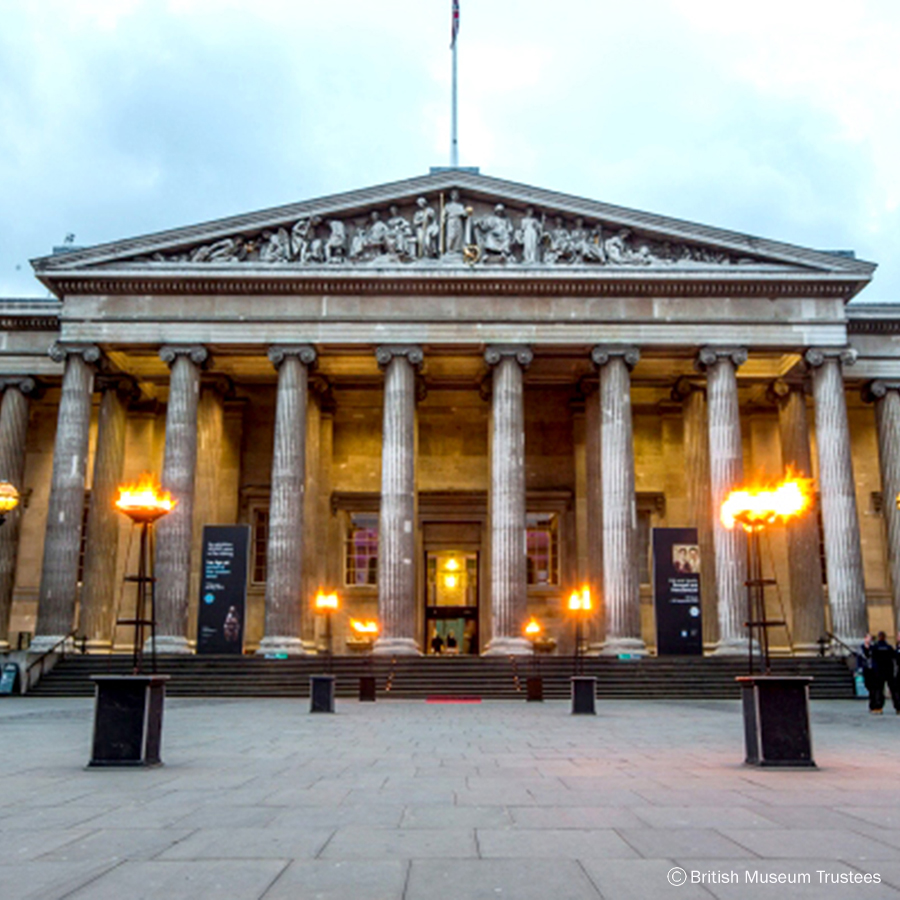
This morning I watched a Zoom presentation hosted by the University College London New York alumni club, and featuring a presentation by UCL Professor Ben Campkin. The focus was largely on the loss of ‘safe’ spaces for the LGBT community through intensive urban redevelopment and gentrification. What this meant for Professor Campkin was, largely, a loss of gay pubs in greater London. He pointed to, for example, the development of Crossrail and its impact in central London with the displacement of several gay venues, arguing that the change in the governance of London, from the liberality of Ken Livingstone in the early 2000’s to the more recent conservatism of Boris Johnson functioned to deprive the LGBT community of established safe spaces.
Well, maybe.
As someone who as a superannuated UCL student living in London in the 1990’s and early 2000’s, I can say based on my own lived experience that gay pubs were, in the main, no better than any other gay bars anywhere else in the world. They were and are, not to put too fine a euphemistic point on it, toilets. A not so subtle feature should be borne in mind that, in providing so-called safe spaces, landlords effectively victimize the LGBT community, realizing that that community is a captive market that will tolerate almost anything in exchange for a venue in which they can be themselves. There was a time, and the iconic Stonewall Bar is a good example, where many gay bars certainly in New York and San Francisco were actually owned by organized crime who were experienced at victimizing marginalized communities, and who also knew, to keep the LGBT community coming back, that they could pay off the cops- something about which they were also expert- to prevent police raids.
Mind you, Keith McCullar and I met in a gay bar, 41 years ago. At the time, I thought less about a safe space than I did about cruising, and if I wanted a drink, could always go to, shall we say, a more pleasant venue. Neither Keith or I were specifically looking for a life partner, but we found each other, and as a consequence, yet maintain a nostalgic fondness for the institution of the gay bar. ‘Safe space’, perhaps, but any gay man who denies that a bar served primarily as a place to pick up a trick has a loose grasp on the truth.
Frankly, I am not so sure that the gay bar as an institution hasn’t been dying a natural death. Grindr and other such apps that serve as a virtual safe space make the bricks and mortar space redundant. The other thing, and this will engender the ire of social activists everywhere, the LGBT community is more broadly accepted- mind you, with a long way to go, but enough forward progress that as a consequence can feel measurably more safe in taking their custom to non-LGBT venues. Moving from London to San Francisco after a long absence, I asked a gay friend in the city about any gay bars that might serve as a ‘local’ for Keith and me. He sort of curled his lip and said ‘When we go out, we usually go to a decent place.’
Yes, well- we never did find a ‘local’ although we regularly socialize in public venues with gay friends just about anywhere. Of course, our travels and habitations are in cities of a more liberal bent, and it may not be the same in Nether Wallop.
Still, I would argue that a gay bar is a cultural anachronism. Particularly in the context of a gay man in London, the prevalence of cottaging has declined with the liberality that has allowed the opening of the safer spaces of gay saunas. In today’s lecture, I didn’t hear Professor Campkin arguing for the preservation of cottages. Let’s look on gay bars and the necessity for them as safe spaces as emblematic of the bad old days where such venues were not just integral, but essential to the LGBT community. I don’t want to hide in the closet or in a gay bar, which in my view, is the real world equivalent. It seems to me the more compelling effort should be to continue to be out, to socialize the wider world toward ever increasing comfortability and acceptance of the LGBT community to which I am proud to belong.



